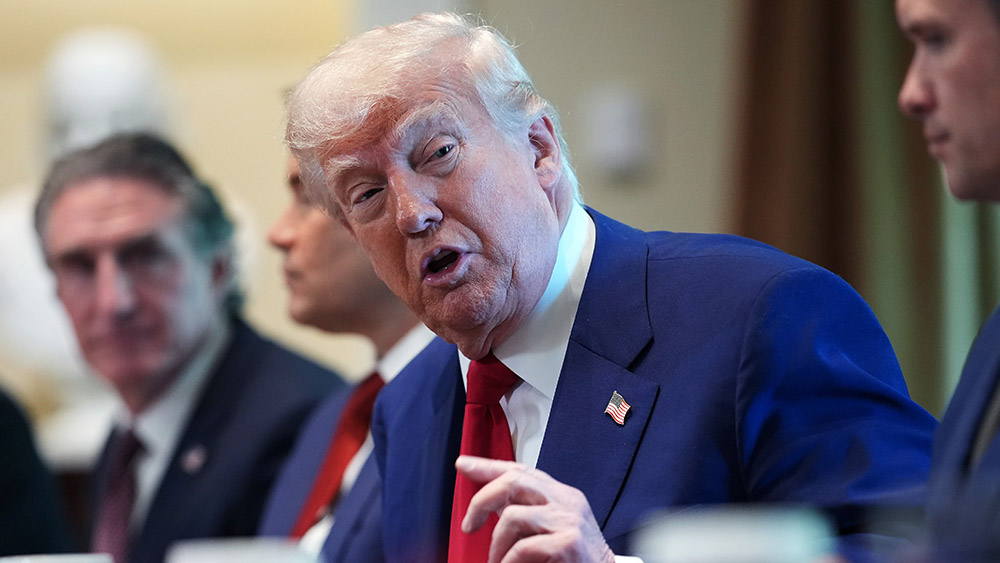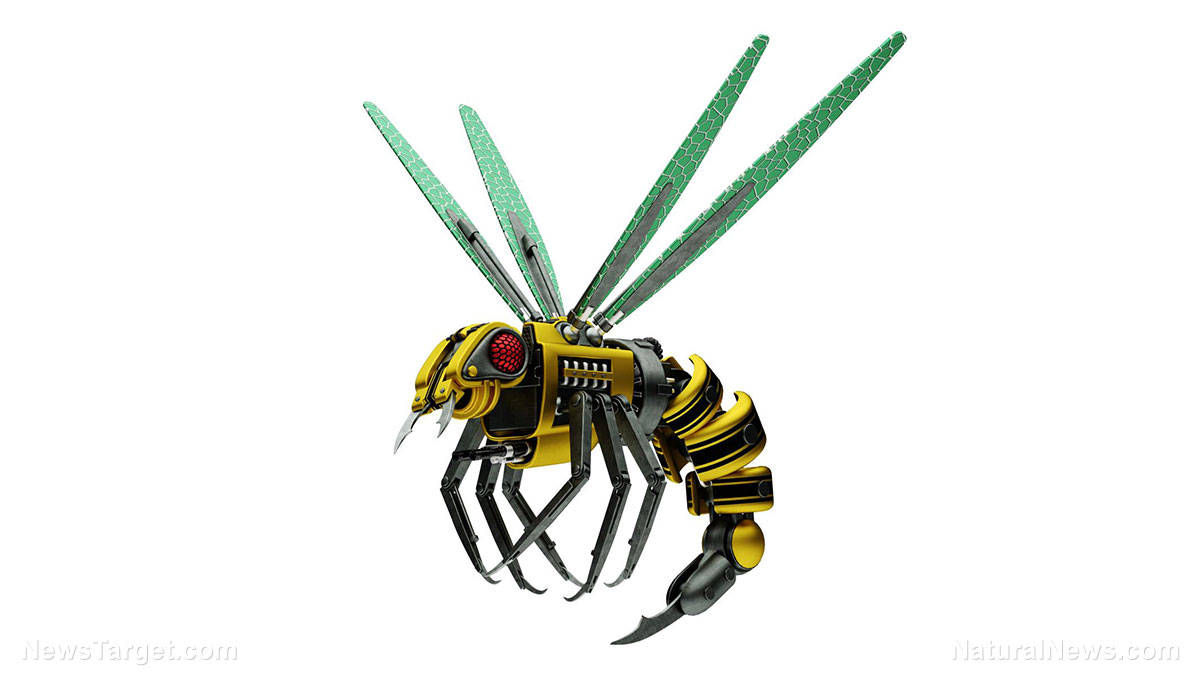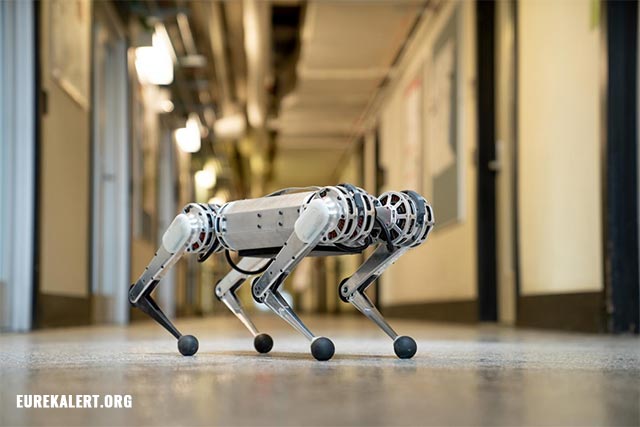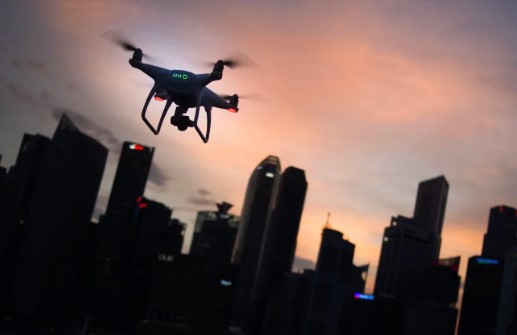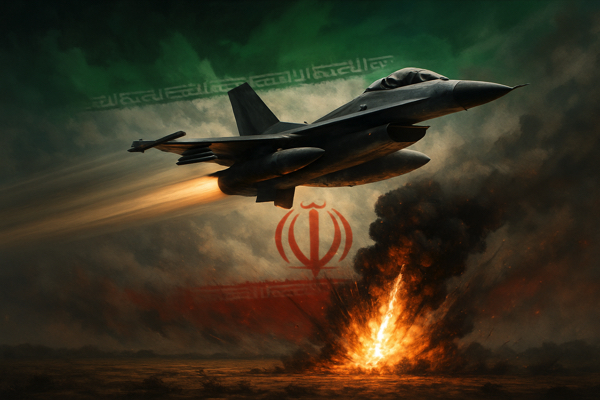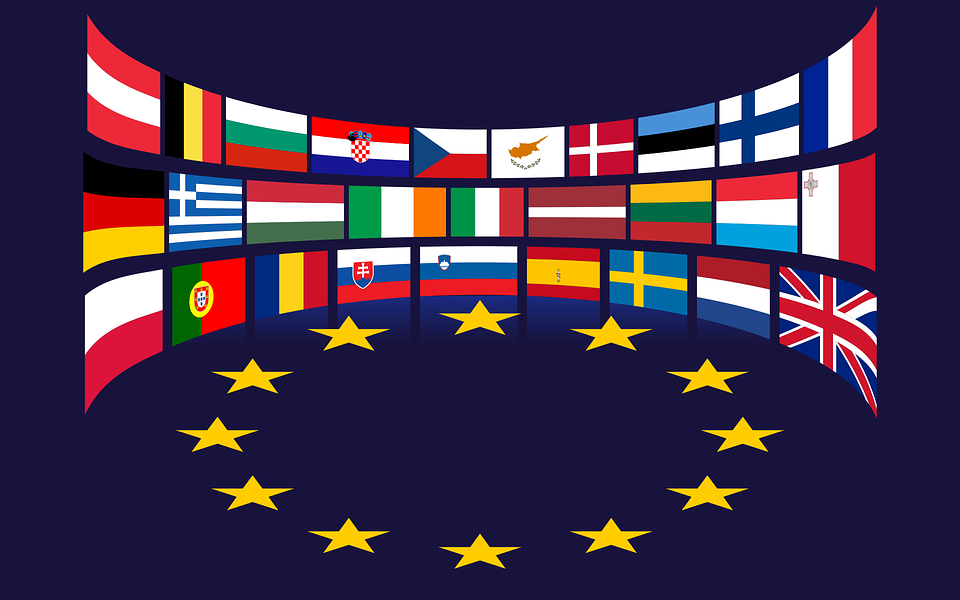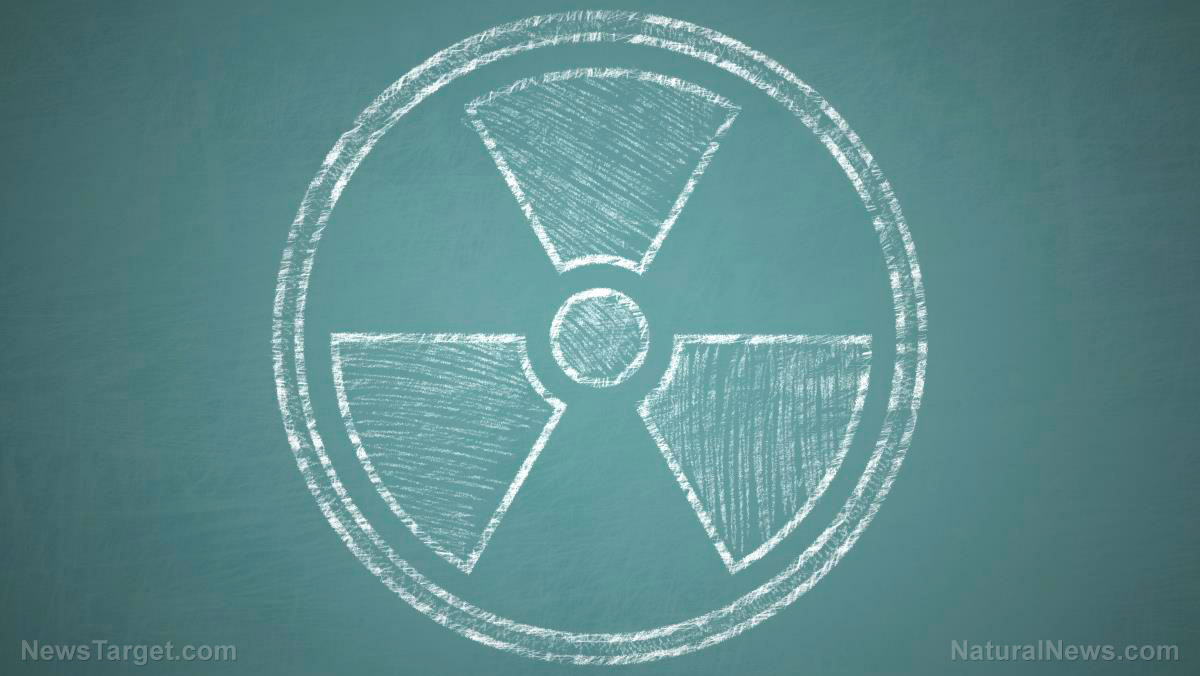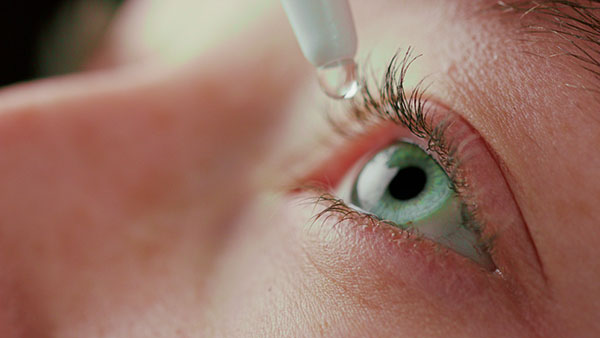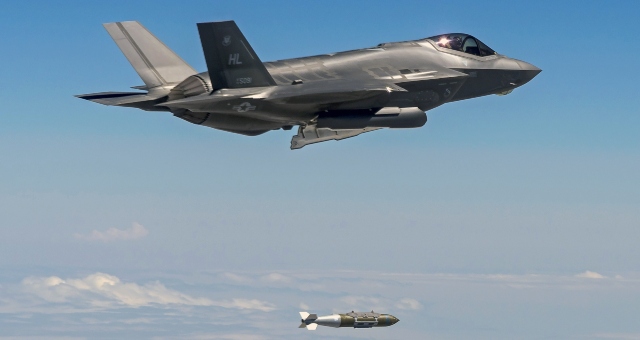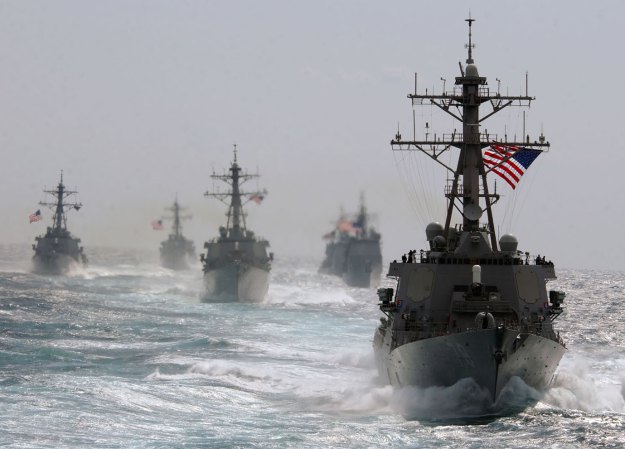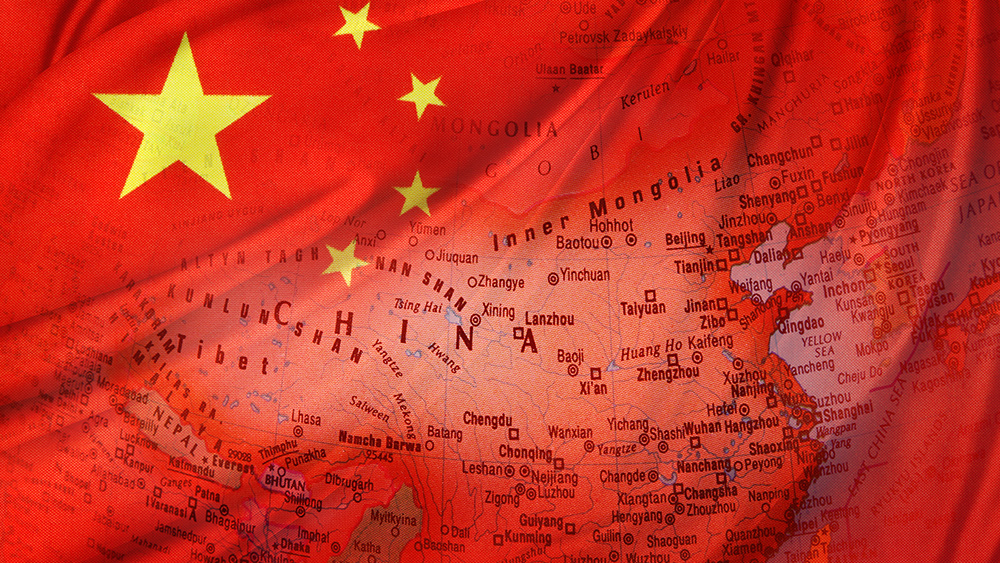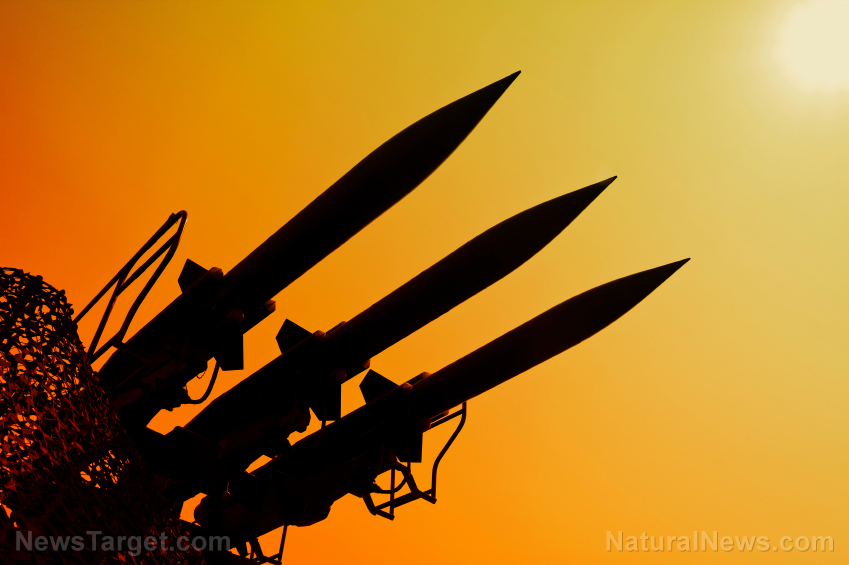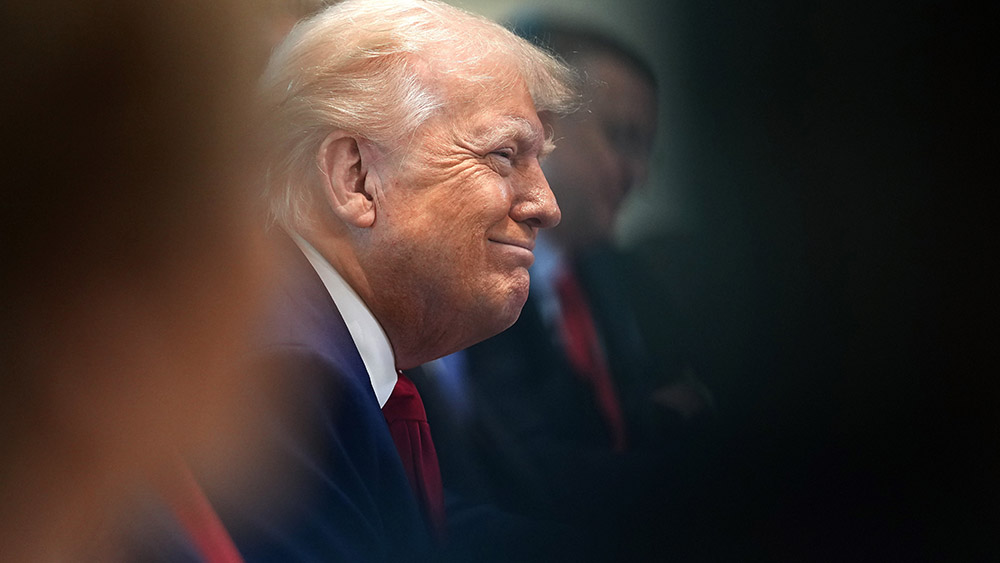Russian airstrike damages Chinese consulate in Odesa as Ukraine uncovers Chinese drone parts in Kyiv attack
07/14/2025 / By Zoey Sky
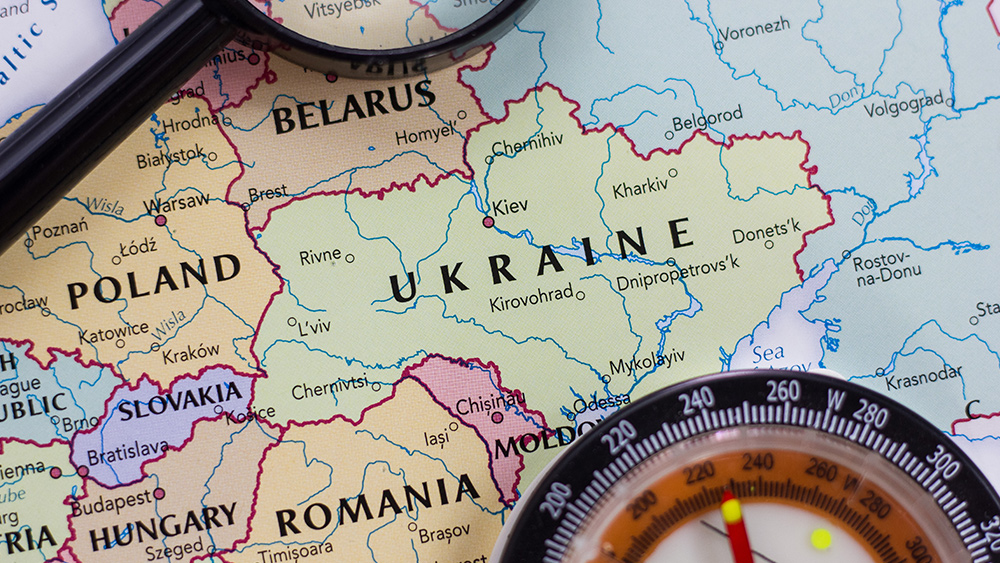
- Russia’s July 3-4 bombardment hit multiple Ukrainian cities, including Odesa, damaging China’s consulate for the second time in a year. Despite being a Russian ally, China did not publicly condemn the attack, highlighting its strategic balancing act.
- Ukrainian investigators discovered Chinese components in Russian attack drones used in strikes on Kyiv. A Chinese firm, Suzhou Ecod Precision Manufacturing, was linked to supplying these parts, reinforcing concerns about China’s indirect military support for Russia.
- China reportedly opposes a Russian defeat, fearing the U.S. would then focus more on containing China. Analysts suggest Beijing benefits from a prolonged war, as it keeps Western resources tied up in Europe rather than the Indo-Pacific.
- Experts describe the relationship as a “quasi-military alliance,” with China supplying critical technology and battlefield intelligence. Some warn that a Russian victory could embolden China in Taiwan or the South China Sea.
- The U.S. and EU have sanctioned Chinese firms aiding Russia, but China denies direct military involvement. Ukraine faces challenges defending against Russian drone attacks while urging continued Western support. The war is now a global test of alliances and military competition.
In a dramatic escalation of the Russia-Ukraine war, a recent Russian airstrike damaged the Chinese Consulate General in Odesa, marking the second such incident in just over a year. Meanwhile, Ukrainian investigators made a startling discovery: Chinese-made components in the wreckage of attack drones used by Russia in a separate assault on Kyiv.
These developments highlight China’s deepening, if indirect, role in the conflict, raising questions about Beijing’s strategic interests in keeping Russia militarily viable. On the night of July 3 and into the early hours of July 4, Russia launched a massive aerial bombardment across Ukraine, striking multiple cities, including Kyiv and Odesa.
Among the affected sites was the Chinese Consulate General in Odesa, where exterior walls and windows were damaged. This was the second time the consulate had been hit since July 2023.
Beijing has not publicly condemned the attack, and the silence underscores China’s delicate balancing act. While China officially claims neutrality in the conflict, its actions suggest a vested interest in ensuring Russia does not lose the war.
Hours after the Odesa strike, Ukrainian authorities revealed another bombshell. Components marked “Made in China” were found in the wreckage of Iranian-designed Shahed-136 (also called Geran-2) drones used by Russia in the Kyiv assault. Ukrainian Deputy Foreign Minister Andrii Sybiha posted on social media that the parts were recently supplied by Suzhou Ecod Precision Manufacturing Co., a Chinese firm. (Related: Russia becomes first country to officially recognize Taliban government in Afghanistan.)
This discovery adds to mounting evidence that Chinese companies are supplying critical dual-use technology to Russia’s military-industrial complex. Oleh Ivashchenko, head of Ukraine’s Foreign Intelligence Service, stated earlier this year that 80 percent of critical electronics in Russian drones will be of Chinese origin by 2025.
In response, Ukrainian President Volodymyr Zelensky issued a decree on July 8 banning Chinese companies linked to supplying drone components to Russia. The U.S. and EU have already sanctioned dozens of Chinese firms accused of aiding Russia’s war effort.
China’s strategic stakes in the war
China’s involvement is not merely economic; it is deeply strategic. Chinese Foreign Minister Wang Yi reportedly told EU officials that Beijing “cannot accept Russia losing the war,” as it would allow the U.S. to shift its full attention to China.
Analysts suggest that a Russian victory, or at least a prolonged stalemate, serves Beijing’s interests by keeping Western resources tied up in Europe rather than the Indo-Pacific. Shen Ming-Shih, a Taiwanese defense expert, noted that China’s support has evolved from tactical aid to system integration, with Beijing providing everything from weapon parts to battlefield intelligence. Ming-Shih also warned that if Russia succeeds with Chinese backing, it could embolden Beijing to take more aggressive actions in Taiwan or the South China Sea.
The accidental strike on China’s consulate did little to strain Sino-Russian ties. Instead, experts like Chung Chih-Tung of Taiwan’s Institute for National Defense and Security Research argue it highlights their deepening “quasi-military alliance.” Russia depends on China for supplies, while Beijing uses the war to test its military technology and gain real-world combat insights.
Meanwhile, Ukraine faces an uphill battle. The July 3 attack on Kyiv, one of the largest drone assaults of the war, killed at least one person and injured 23. Ukrainian forces intercepted most of the drones, but the sheer volume underscores Russia’s growing reliance on cheap, mass-produced drones, many built with foreign components.
International reactions and future implications
The revelations about Chinese drone parts have intensified calls for stricter sanctions. The U.S. and EU are already pressuring Beijing to curb its support for Moscow, but China continues to deny supplying military aid.
For Ukraine, the challenge is twofold: defending against relentless Russian strikes while urging allies to maintain weapons shipments. Zelensky has warned that any reduction in Western support will weaken Ukraine’s defenses at a critical moment.
As the Russia-Ukraine war drags on, the involvement of third-party suppliers like China adds another layer of complexity. With Russia’s Vladimir Putin expected to visit China in September for high-level talks, the world will be watching to see if this partnership escalates further, and what that means for global security.
The damage to China’s consulate and the discovery of Chinese drone parts underscore how the Ukraine war is no longer just a regional conflict. It has become a testing ground for geopolitical alliances, military technology and great-power competition.
For now, China walks a tightrope as it publicly calls for peace while quietly ensuring Russia stays in the fight. But as the war’s ripple effects spread, the line between neutrality and complicity grows ever thinner.
Watch this edition of “Health Ranger Report” as the Health Ranger Mike Adams talks about how Trump’s trade war “victory” against China is actually an act of total surrender.
This video is from the Health Ranger Report channel on Brighteon.com.
More related stories:
Germany accuses China of targeting military aircraft with laser in Red Sea confrontation.
Russia can produce 300 long-range missiles per year, Kyiv intel estimates.
Iran rapidly rebuilds air defenses with Chinese missiles after Israel conflict.
Sources include:
Submit a correction >>
Tagged Under:
aircraft, big government, CCP, chaos, China, Chinese Communist Party, communist China, dangerous, drone wars, drone watch, drones, foreign relations, Geran-2, HESA Shahed 136, kamikaze drones, Kyiv, military tech, military technology, missiles, national security, Odessa, Russia, Russia-Ukraine war, self-defense, Ukraine, violence, Vladimir Putin, war arsenal, weapons technology, WWIII
This article may contain statements that reflect the opinion of the author
RECENT NEWS & ARTICLES
COPYRIGHT © 2018 MILITARYTECH.NEWS
All content posted on this site is protected under Free Speech. MilitaryTech.news is not responsible for content written by contributing authors. The information on this site is provided for educational and entertainment purposes only. It is not intended as a substitute for professional advice of any kind. MilitaryTech.news assumes no responsibility for the use or misuse of this material. All trademarks, registered trademarks and service marks mentioned on this site are the property of their respective owners.

